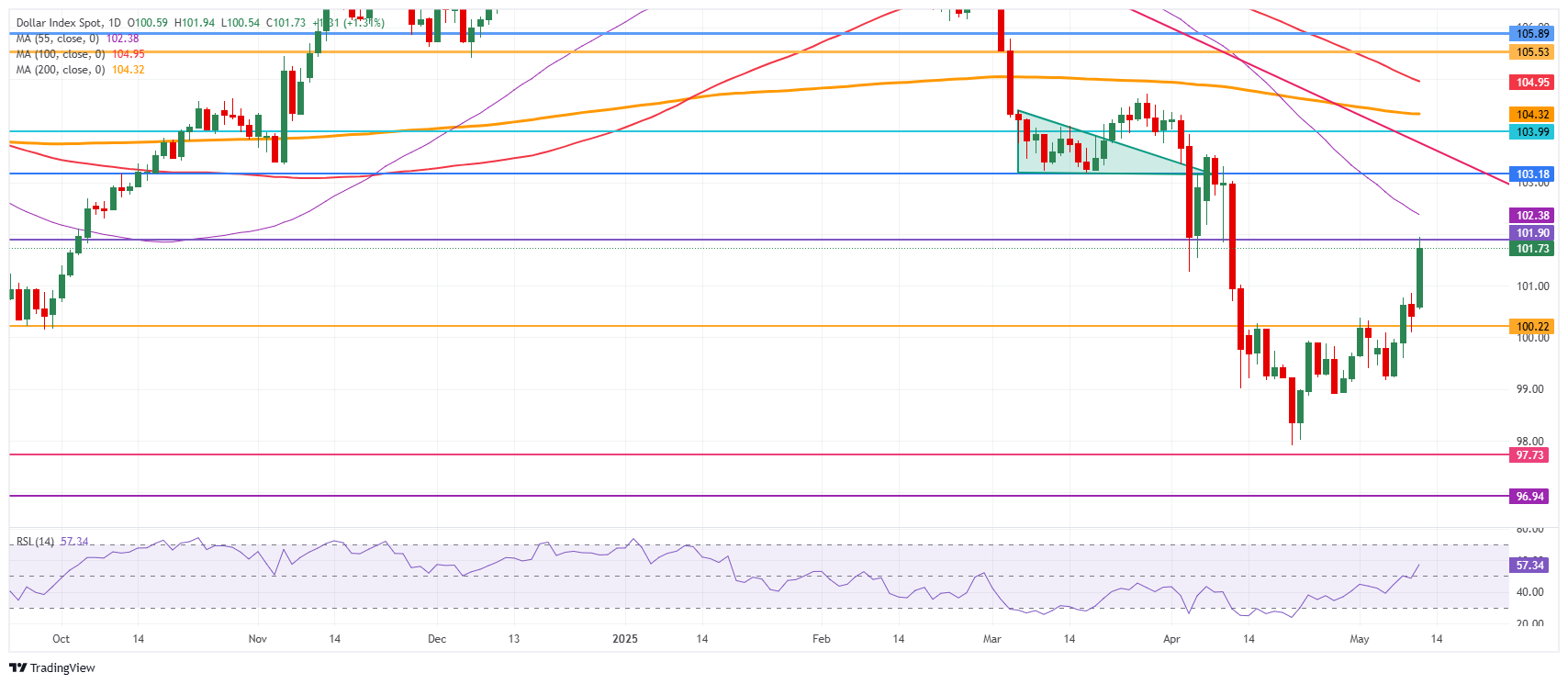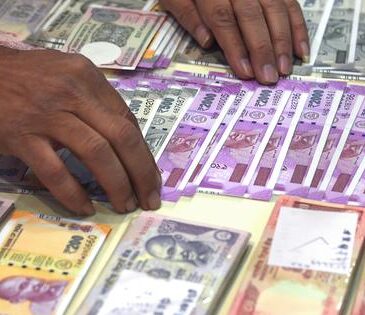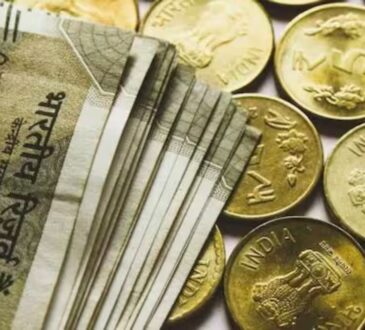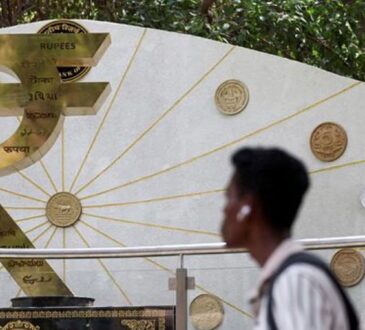- The US Dollar jumps up over 1% against most major peers, after news of a deal between China and the US.
- Both countries agreed to slash tariffs for 90 days following two days of talks in Switzerland.
- The US Dollar Index pops to 101.65, benefiting from the relief in US-China tensions.
The US Dollar Index (DXY), which tracks the performance of the US Dollar (USD) against six major currencies, exceeds a more than 1% rally on Monday after China and the United States (US) agreed to a 90-day pause in their trade war by slashing tariffs on both sides. After a weekend of discussion, US Treasury Secretary Scott Bessent announced the defusing of the trade war between the two nations: China will lower its tariffs on US goods to only 10% from the original 125%, while the US will do so to 30% (from 145%) on Chinese goods, both for 90 days, Bloomberg reports. The news sent the US Dollar to its highest level in one month.
Several correlations are kicking in again on the back of this event, with the benchmark 10-year US Treasury yield hitting 4.45%. The rate differential gap between the US and other countries sees the Greenback being valued higher against the local currencies of countries with lower yields. The repercussion of this correlation could be that Federal Reserve rate cuts for 2025 get fully priced out.
Daily digest market movers: Roll with the punches
- US Treasury Secretary Scott Bessent announced during a press conference in Switzerland the breakthrough between the US-China trade war has led to a pause of 90 days and the lowered reciprocal tariffs for both parties. Bessent went on by saying that both countries want to defuse the situation and said that a possibility of a China purchasing agreement could be possible, Bloomberg reports.
- At 14:25 GMT, Federal Reserve Bank Governor Adriana Kugler delivers a speech on the economic outlook at the National Association for Business Economics and the Central Bank of Ireland’s International Economic Symposium, in Dublin, Ireland.
- Around 18:00 GMT, the Loan Officer Survey (SLOOS) for the first quarter is due. The report often tells more about the lending circumstances in the US for households and small businesses.
- Equities see the US futures outshine all other indices. European equities are up by roughly 1.50%, while US futures are seeing between 3% to even 4% gains.
- The CME FedWatch tool shows the chance of an interest rate cut by the Federal Reserve in June’s meeting at just 7.9%. Further ahead, the July 30 decision sees odds for rates being lower than current levels at 44.1%.
- The US 10-year yields trade around 4.45%, edging higher towards levels not seen since the beginning of April, and reducing rate cut bets for 2025.
US Dollar Index Technical Analysis: Step out of the way
Bulls are returning to support the US Dollar Index (DXY), and they are leaving an impressive mark. The DXY pops over 1% higher and is nearing that pivotal 101.90 level that could unlock a return back to the moving averages. It will depend on whether the beginning of the US session causes a second wave of US Dollar buying.
On the upside, the DXY’s first resistance comes in at 101.90, which acted as a pivotal level throughout December 2023 and as a base for the inverted head-and-shoulders (H&S) formation during the summer of 2024. In case Dollar bulls push the DXY even higher, the 55-day Simple Moving Average (SMA) at 102.37 comes into play.
On the other hand, the previous resistance at 100.22 is now acting as firm support, although the 97.73 support could also be tested on any substantial bearish headline. Further below, a relatively thin technical support comes in at 96.94 before looking at the lower levels of this new price range. These would be at 95.25 and 94.56, meaning fresh lows not seen since 2022.

US Dollar Index: Daily Chart
US Dollar FAQs
The US Dollar (USD) is the official currency of the United States of America, and the ‘de facto’ currency of a significant number of other countries where it is found in circulation alongside local notes. It is the most heavily traded currency in the world, accounting for over 88% of all global foreign exchange turnover, or an average of $6.6 trillion in transactions per day, according to data from 2022.
Following the second world war, the USD took over from the British Pound as the world’s reserve currency. For most of its history, the US Dollar was backed by Gold, until the Bretton Woods Agreement in 1971 when the Gold Standard went away.
The most important single factor impacting on the value of the US Dollar is monetary policy, which is shaped by the Federal Reserve (Fed). The Fed has two mandates: to achieve price stability (control inflation) and foster full employment. Its primary tool to achieve these two goals is by adjusting interest rates.
When prices are rising too quickly and inflation is above the Fed’s 2% target, the Fed will raise rates, which helps the USD value. When inflation falls below 2% or the Unemployment Rate is too high, the Fed may lower interest rates, which weighs on the Greenback.
In extreme situations, the Federal Reserve can also print more Dollars and enact quantitative easing (QE). QE is the process by which the Fed substantially increases the flow of credit in a stuck financial system.
It is a non-standard policy measure used when credit has dried up because banks will not lend to each other (out of the fear of counterparty default). It is a last resort when simply lowering interest rates is unlikely to achieve the necessary result. It was the Fed’s weapon of choice to combat the credit crunch that occurred during the Great Financial Crisis in 2008. It involves the Fed printing more Dollars and using them to buy US government bonds predominantly from financial institutions. QE usually leads to a weaker US Dollar.
Quantitative tightening (QT) is the reverse process whereby the Federal Reserve stops buying bonds from financial institutions and does not reinvest the principal from the bonds it holds maturing in new purchases. It is usually positive for the US Dollar.




